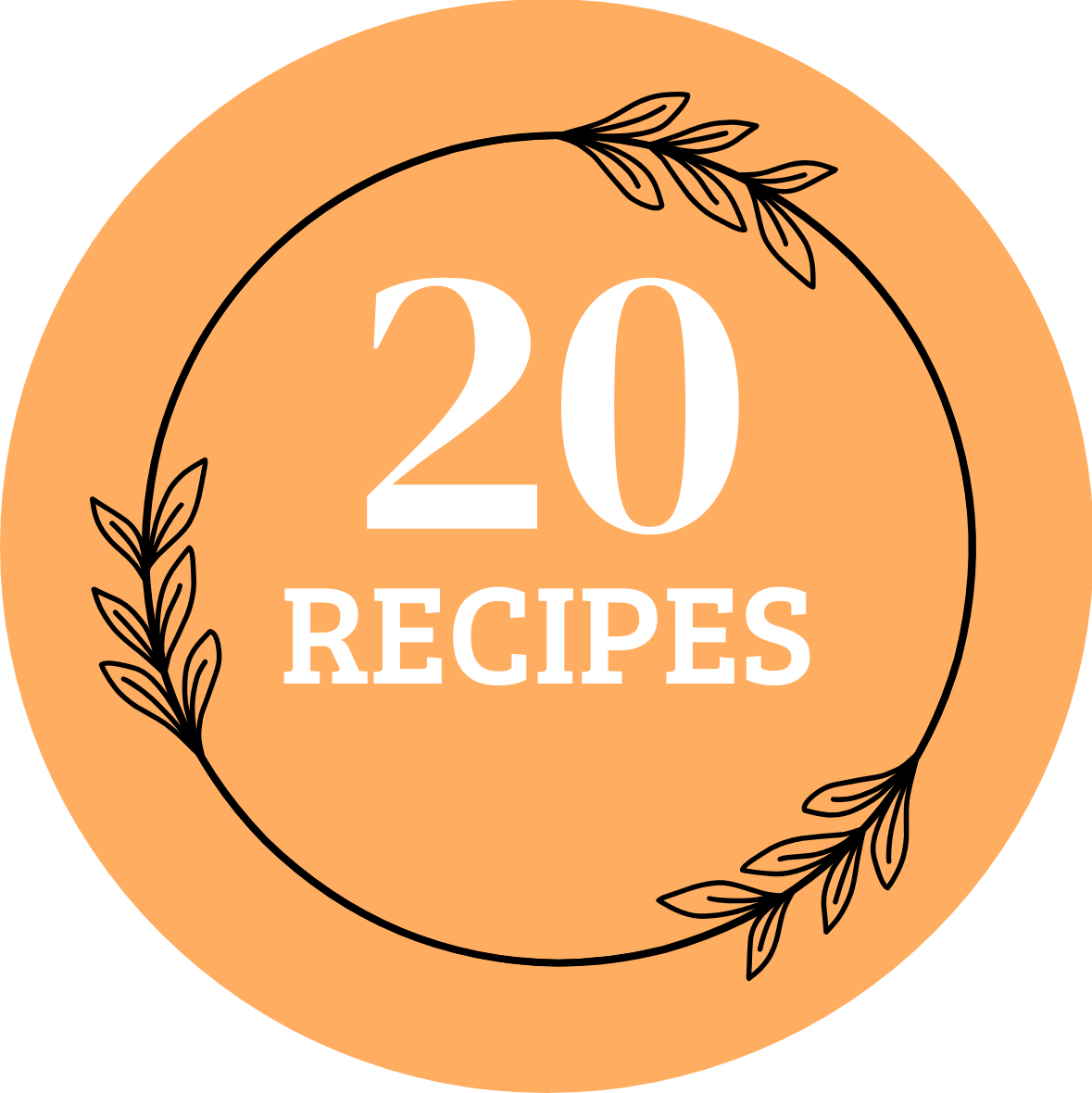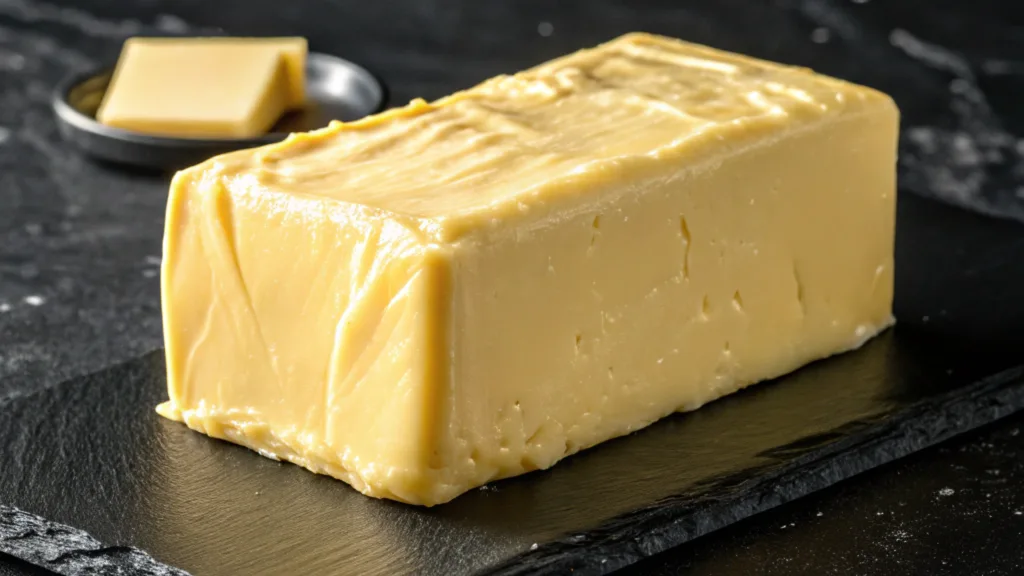Following a gluten-free diet requires careful scrutiny of everyday foods, including butter. If you’re wondering, does butter have gluten?, this comprehensive guide provides all the answers, along with internal and external linking opportunities to related recipes and trusted resources.
What is Gluten?
Gluten is a group of proteins naturally found in certain grains, including:
- Wheat – Used in breads, pasta, and baked goods.
- Barley – Found in malted products, beer, and soups.
- Rye – Commonly used in rye bread, crackers, and cereals.
It acts as a binding agent, providing elasticity, chewiness, and structure to dough. This is why gluten is essential in baking, as it helps retain moisture and creates a desirable texture.
Why is Gluten Problematic for Some People?
For most individuals, gluten poses no health issues. However, for those with celiac disease or gluten intolerance, gluten consumption can trigger adverse reactions:
- Celiac Disease – An autoimmune disorder where ingesting gluten damages the small intestine, leading to malabsorption of nutrients. Symptoms may include:
- Bloating and abdominal pain
- Chronic diarrhea or constipation
- Fatigue and nutrient deficiencies
- Weight loss and anemia
- Non-Celiac Gluten Sensitivity (NCGS) – Unlike celiac disease, this condition doesn’t cause intestinal damage, but it can result in symptoms like:
- Brain fog and fatigue
- Joint pain and headaches
- Gastrointestinal discomfort
- Wheat Allergy – Some individuals may have an allergic reaction to wheat proteins, including gluten, resulting in symptoms like hives, nasal congestion, or even anaphylaxis.
Hidden Sources of Gluten
While gluten is most commonly associated with breads and pasta, it often hides in unexpected places, such as:
- Sauces and Gravies – Thickened with wheat-based ingredients.
- Processed Meats – Contain fillers and binders derived from gluten.
- Salad Dressings and Marinades – May include gluten-based emulsifiers.
- Snacks and Candy – May use gluten for texture enhancement.
- Beverages – Beers and malt beverages typically contain gluten.
Managing Gluten-Free Diets
Living a gluten-free lifestyle requires vigilance in reading labels and avoiding cross-contamination. For recipe inspiration, consider this gluten-free breakfast casserole—a perfect addition to your gluten-free diet.
For more resources on managing celiac disease or gluten sensitivity, visit the Celiac Disease Foundation—a trusted source for dietary tips, symptom management, and gluten-free living strategies.
What is Butter?

Butter is a dairy product made by churning milk or cream to separate the butterfat from the buttermilk. It’s prized for its rich flavor and smooth texture, making it a versatile ingredient in cooking, baking, and spreading.
How is Butter Made?
The process of making butter involves:
- Churning Cream or Milk – The agitation separates fat globules from liquid components (buttermilk).
- Washing the Butterfat – Removes residual buttermilk to improve shelf life.
- Kneading and Shaping – Ensures a consistent texture and incorporates salt if desired.
Types of Butter
Butter comes in several varieties, each suitable for different culinary purposes:

- Salted Butter – Contains added salt for flavor and longer shelf life. Ideal for spreading on bread and cooking.
- Unsalted Butter – Made from pure cream, providing a neutral flavor that’s perfect for baking and desserts where precise salt levels are required.
- Clarified Butter (Ghee) – A form of butter where water and milk solids are removed, leaving pure butterfat. It’s lactose-free, gluten-free, and ideal for high-heat cooking.
- Flavored Butter – Infused with herbs, spices, or sweeteners. Be cautious, as some added flavors may contain gluten or additives.
Nutritional Value of Butter
Despite being high in fat, butter offers several nutritional benefits:
- Fat-Soluble Vitamins – Rich in Vitamin A, Vitamin D, Vitamin E, and Vitamin K, which support eye health, bone strength, and immune function.
- Healthy Fats – Contains saturated fats and conjugated linoleic acid (CLA), which may help with weight management and heart health when consumed in moderation.
- Low in Carbohydrates – Naturally carb-free, making it suitable for keto and low-carb diets.
Is Butter Gluten-Free?
Pure butter is naturally gluten-free, but flavored or processed varieties may include gluten-containing additives. Always:
- Check ingredient labels for hidden sources of gluten.
- Look for certified gluten-free labels, especially if you have celiac disease.
Butter in Cooking and Baking
Butter’s rich flavor and smooth texture make it a favorite in both savory and sweet dishes. For example, try this guide to baking the perfect chocolate chip banana nut bread that pairs beautifully with buttery spreads.
Whether you’re spreading it on toast, sautéing vegetables, or whipping up a creamy sauce, butter is a timeless kitchen staple that enhances flavor and texture.
Is Butter Gluten-Free?
The simple answer is yes—pure butter is naturally gluten-free. It’s made entirely from dairy, typically milk or cream, and does not contain any gluten-based ingredients. This makes it a safe choice for individuals with celiac disease or gluten sensitivity.
When Can Butter Contain Gluten?
While pure butter is gluten-free, certain processed or flavored varieties may include gluten-containing additives. These additives are often used to enhance flavor, texture, or shelf life and can include:
- Seasonings (e.g., garlic, herbs, or spices) that may contain gluten fillers.
- Preservatives derived from gluten sources.
- Thickeners or stabilizers like modified food starch or malt extract.
Additionally, spreadable butters and margarines sometimes incorporate gluten-based emulsifiers to improve consistency.
How to Ensure Butter is Gluten-Free
To be absolutely sure your butter is gluten-free, follow these steps:
- Read Ingredient Labels Carefully – Check for any hidden gluten sources, such as barley malt or wheat-based thickeners.
- Look for Certified Gluten-Free Labels – Products labeled as certified gluten-free are tested and verified to meet strict gluten-free standards.
- Avoid Cross-Contamination – Cross-contact can occur when butter is shared with utensils that touch gluten-containing foods like bread or crackers. Use a dedicated butter knife and consider purchasing single-serve butter packets for added safety.
Cross-Contamination Risks in Butter
While pure butter is naturally gluten-free, it can easily become cross-contaminated during preparation, storage, or serving in shared kitchens. This contamination occurs when gluten particles from other foods come into contact with the butter, making it unsafe for individuals with celiac disease or gluten sensitivity.
Common Contamination Risks:
- Double-Dipping – Using the same knife or spreader on gluten-containing bread and then dipping it back into the butter container. This can transfer bread crumbs or gluten residues.
- Shared Utensils and Surfaces – Butter stored in communal tubs or jars may be exposed to gluten crumbs if utensils aren’t cleaned properly between uses.
- Manufacturing and Packaging Equipment – Some butter spreads or processed butters may be manufactured in facilities that also handle gluten-based products, posing a cross-contact risk.
- Toasters and Cutting Boards – Using butter on toast prepared in a shared toaster or spread on surfaces with gluten residue can lead to contamination.
- Flavored or Herb-Infused Butters – Added ingredients such as seasonings or thickeners may contain gluten derivatives, further increasing risks.
How to Prevent Cross-Contamination:
- Use Dedicated Knives and Containers – Keep a separate butter dish or tub labeled as gluten-free to avoid mix-ups.
- Purchase Single-Serve Butter Packets – These are individually packaged and reduce the risk of cross-contact.
- Opt for Certified Gluten-Free Brands – Look for certified gluten-free labels to ensure the product has been tested for gluten.
- Store Butter Separately – Keep gluten-free butter in a designated section of the refrigerator.
- Educate Family and Guests – Make sure everyone understands the importance of avoiding cross-contact when preparing or serving food.
For a dish that highlights the rich flavors of butter without compromising your gluten-free lifestyle, check out this hashbrown casserole recipe. It’s a perfect way to enjoy buttery goodness while maintaining a gluten-free diet.
Gluten-Free Butter Alternatives
If you’re exploring substitutes for butter, consider these gluten-free options:
- Margarine – Often gluten-free, but flavored versions should be checked.
- Vegan Butter – Plant-based and dairy-free alternatives.
- Coconut Oil – A natural and gluten-free substitute.
- Olive Oil Spreads – Healthy and gluten-free.
Nutritional Benefits of Butter
Despite being high in saturated fats, butter offers:
- Fat-soluble vitamins (A, D, E, and K).
- Healthy fats for energy and metabolism.
- Conjugated Linoleic Acid (CLA), which supports weight management.
Balance is key—consider pairing butter with healthy meals like this baked maple salmon recipe for a nutritious twist.
FAQs About Gluten in Butter
1. Is butter safe for people with celiac disease?
Yes, pure butter is naturally gluten-free. Be cautious of cross-contamination.
2. What brands of butter are gluten-free?
Look for brands with certified gluten-free seals.
3. Can flavored butter contain gluten?
Yes, flavorings may add gluten. Always check ingredient labels.
4. Is clarified butter (ghee) gluten-free?
Yes, ghee is lactose-free and gluten-free.
5. How can I avoid gluten contamination when using butter?
- Use separate utensils.
- Buy single-serve packs.
- Label gluten-free containers.
Conclusion
So, does butter have gluten? No—pure butter is gluten-free. However, it’s essential to be cautious about flavored varieties, cross-contamination, and manufacturing processes.
By following these tips and recipes, you can safely enjoy butter and create delicious, gluten-free dishes.

